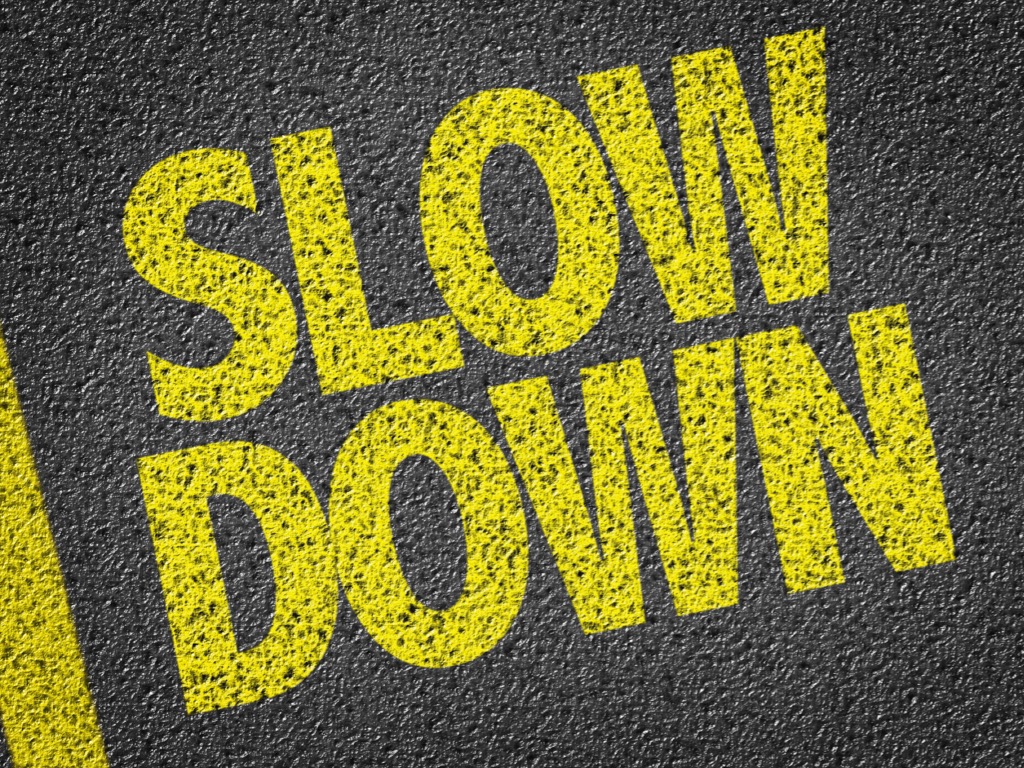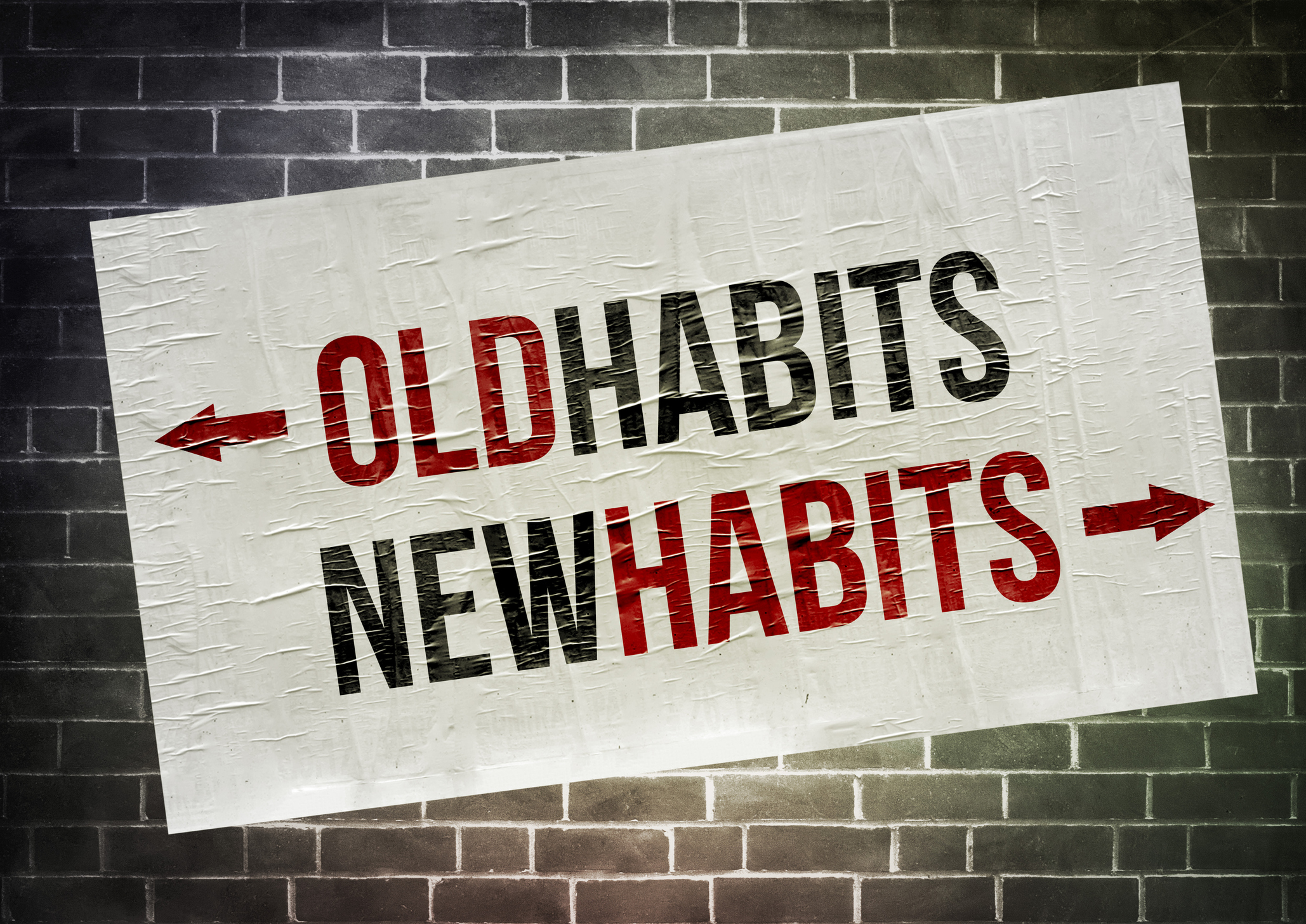
Time is an interesting dimension. It is a fixed measurement, yet our perception of time varies greatly depending on what we are doing.
It has been said that the longest eight seconds in life is riding a bull. I never rode a bull and have no interest in testing that statement for myself. So, I will take it as fact. But even so, eight seconds is eight seconds – regardless of what we are doing.
It’s About Perception
Time seems to “fly” when we are engaged in a fun, exciting or stimulating activity. And it appears to stand still when we are scared, anxious or bored. In other words, the things we enjoy in life make it “go” quickly, while the things we dislike seem like they last for an eternity.
This means that when we are engaged in desirable activities, such as summer vacation with the family, it may be worthwhile to take a moment to slow down and reflect on the experience. This will allow us to relish the moments and the subsequent memories – which we can call upon during the more difficult times.
Slowing Down & Investing
Slowing down can also help us make better financial decisions. When information comes at us in an orderly rate, we can process the information just fine and draw logical conclusions. But when we get a ton of information all at once, our brain freezes – just like a computer when trying to process many things at once.
When the brain freezes, it can no longer process information and think critically. That part of the brain is offline. If we require a decision right away, the brain will transfer the decision-making to our impulsive brain. That means our decisions will be more influenced by intuition and how we feel rather than thoughtfulness.
One of the things I love most about being an advisor is helping investors decipher what information is worth considering and what isn’t. I’ve found that makes decision making easier, and can greatly improve the overall investment experience.








